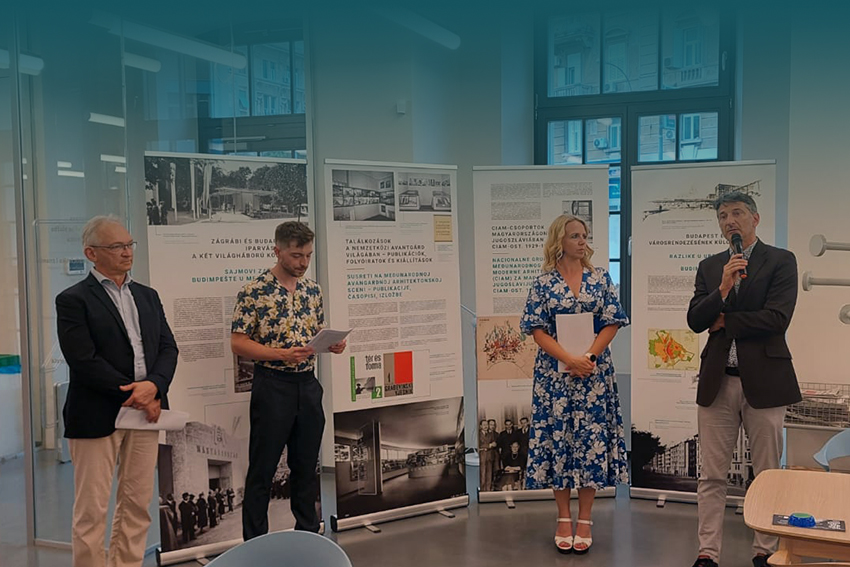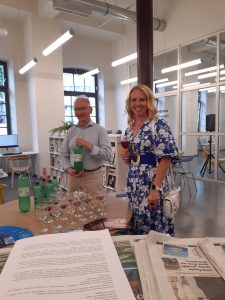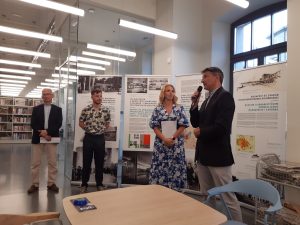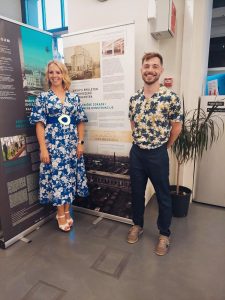Results of the two-year collaborative research project between the Hungarian Museum of Architecture and the Documentation Centre for Monument Protection (MÉM MDK) and the Institute of Art History in Zagreb (IPU) were presented at a pop-up exhibition in the Rijeka City Library.
Art historians and architects involved in the project studied architectural and urban planning relationships and the transfer of knowledge between Hungary and Croatia. The exchange of knowledge was more intense in the architectural public life of the Austro-Hungarian Monarchy at the beginning of the twentieth century, but in the interwar period more attention was paid to the international professional scene. The Hungarian project leader, András Ferkai, together with the leader of the Croatian research group, Tamara Bjažić Klarin, investigated the connections arising from CIAM, the most important international professional organization in modern architecture between the two world wars, in Hungarian and Zagreb archives. Pál Ritoók studied infrastructure projects realized in Rijeka and Zagreb during the Austro-Hungarian Monarchy, primarily workshops, office buildings, and residential buildings of the Hungarian State Railways (MÁV). Eszter Baldavári closely collaborated with Croatian colleague Boris Dundović, who has been cooperating with the Museum for many years. They dealt with architecture from the turn of the 19th to the 20th century, processing the works and research of architects Ernő Foerk and István Möller in Croatia and the wider Balkan region. Ágnes Anna Sebestyén researched parallel practices in the work of Hungarian and Croatian architects between the two world wars through publications, exhibitions, and professional events. During the research, in which Croatian team members Marina Bagarić and Mauro Sirotnjak also participated, besides visiting buildings and conducting archival research, it was important for the researchers to exchange experiences with foreign experts and get to know local institutions and the institutional network.
The exhibition was first opened in September 2023 at the Liszt Institute – Hungarian Cultural Centre in Zagreb, and in October 2023 in Budapest at the MÉM MDK exhibition space, in the Workshop (Műhelytér), a museum building next to the Rózsi Walter Villa.
The bilateral project was supported on the Hungarian side by the National Office for Research, Development, and Innovation (2019-2.1.11-TÉT-2020-00258), and on the Croatian side by the Ministry of Science and Education of the Republic of Croatia (MBP-IPU-2021-410). The organization of this exhibition opening was also the result of activities on the project “From Local to Regional: Art of Adriatic Croatia from the Middle Ages to the Nineteenth Century,” funded by the European Union through the NextGenerationEU programme, and implemented at the Institute of Art History in Zagreb. [#LoRegUm]
